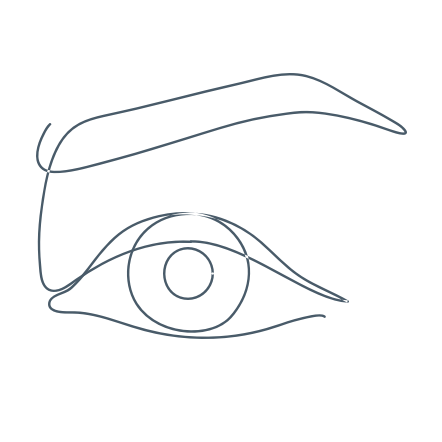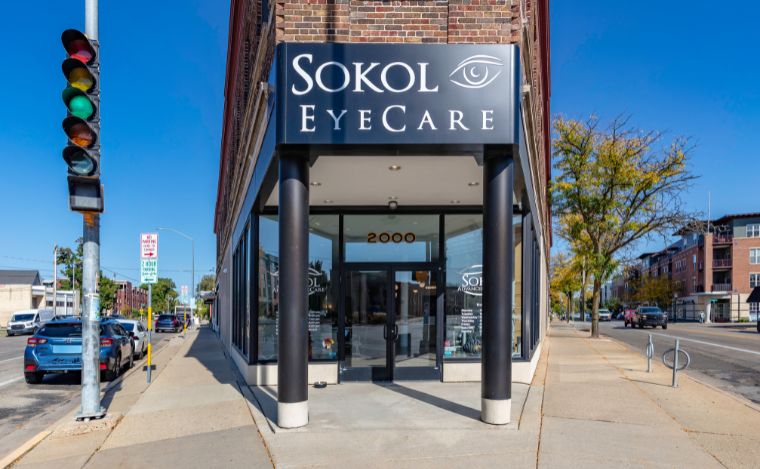The holidays are full of joy, travel, and twinkling lights—but they also bring dangerous driving conditions. One of the most overlooked risks on the road? Your vision.
As the seasons change, so do the demands on your eyes. And with the sun setting earlier every day in Wisconsin, night driving becomes a daily necessity, especially during your evening commute from work or school.
Here’s why your annual eye exam can make all the difference before winter fully kicks in.
The Hidden Vision Demands of Winter Driving
1. Night Vision Gets Worse With Age—Silently
Even before our 40s, subtle changes in the lens of the eye and tear film quality make it harder to see in low light. Add in Madison’s early sunsets, rainy streets, and snow glare, and your eyes are working overtime just to keep up.
If you’re squinting at headlights or struggling to see signs after dark, it may not be your imagination; it may be time for a check-up.
2. Blurred Vision Delays Reaction Time
Driving requires split-second decisions. If your prescription is even slightly off, or if your glasses aren’t optimized for nighttime conditions, your reaction time can slow down, increasing the risk of accidents.
This is especially true on slick roads, in unfamiliar neighbourhoods, or when trying to navigate around holiday traffic.
3. Astigmatism + Headlights = Trouble
Do oncoming headlights look like starbursts or halos? You could have uncorrected astigmatism, a common condition that causes distorted light perception, especially at night.
The fix is often simple: a new pair of properly prescribed glasses or contact lenses.
4. Dry Eyes Make Night Driving Miserable
Winter air is dry. Car heaters dry it out more. And when your eyes are already irritated or your tear film is unstable, the result is blurry vision, discomfort, and increased glare.
If night driving leaves your eyes burning or foggy, dry eye disease might be the real problem.
5. Extra Screen Time = Tired, Strained Eyes
Whether you’re mapping your route, checking weather apps, or doing holiday shopping online, eye fatigue is real. The cumulative screen time adds up—and can make driving after dark feel especially difficult.
Winter Comes Early. So Should Your Eye Exam.
With daylight fading earlier and travel picking up, now is the perfect time to prioritize your vision. A comprehensive eye exam can catch:
- Prescription changes
- Early signs of cataracts or dry eye
- Problems with depth perception, contrast, and peripheral awareness
- Safety concerns related to screen strain or lighting distortion
At Sokol Advanced EyeCare, we take a full look at your visual system, not just the eye chart. Whether it’s updating your lenses, treating dryness, or recommending night-driving-friendly options like anti-reflective coatings, we’ll help you drive into the holidays with confidence.
See Safely This Season
If it’s been more than a year since your last exam—or if driving after dark has started to feel more stressful than it used to—let’s take a closer look.
📍 Sokol Advanced EyeCare – Madison, WI
Disclaimer: This blog is for educational purposes only and is not a substitute for personalized medical advice, diagnosis, or treatment. Please consult a qualified healthcare provider with any questions about your eye health or symptoms.














